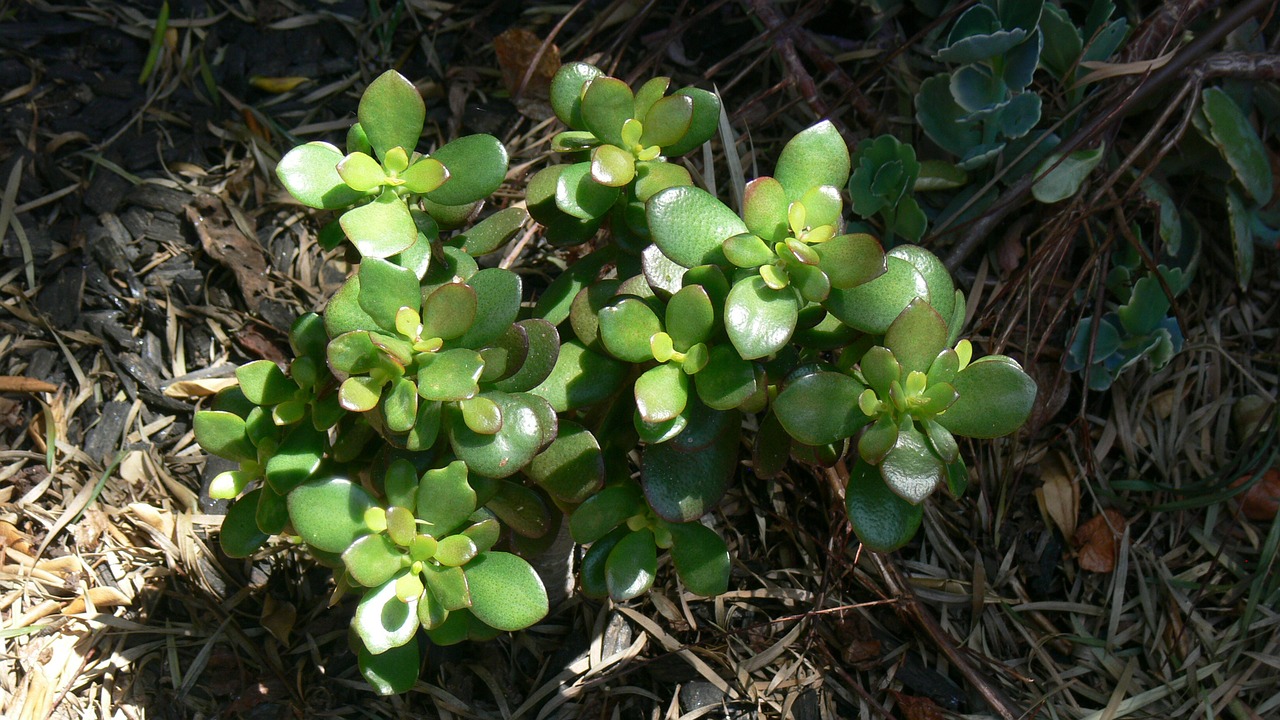Understanding the Jade Emperor in Daoist Beliefs
Definition
The Jade Emperor, or Yu Huang Da Di in Chinese culture, is venerated as the paramount deity within Daoism. Often seen as the sovereign of both Heaven and Earth, he embodies the essence of authority and justice. His significance permeates various religious practices, artistic portrayals, and cultural festivities entrenched in Chinese sacred arts.
Essential Facts for Your Upcoming Test
- The Jade Emperor’s Birthday is a prominent celebration, marked by rituals and offerings that pay homage to his critical role in the Daoist pantheon.
- Iconic representations of the Jade Emperor in traditional Chinese art usually feature him adorned in imperial garb and a majestic crown, symbolizing his supreme divine status.
- He plays a pivotal role in overseeing the structure of heaven and earth, assigning responsibilities to other gods and spirits to ensure the maintenance of cosmic harmony.
-
The Jade Emperor is a frequent figure in modern storytelling mediums, such as literature and cinema, underscoring his deep roots in Chinese mythology and cultural narratives.
-
Devotees honor the Jade Emperor through rituals that include burning incense, performing sacred ceremonies, and placing his image prominently in homes and temples to invoke protection and blessings.
Review Questions
1. How does the Jade Emperor’s role reflect broader Daoist principles in the context of Chinese sacred arts?
The Jade Emperor personifies core Daoist ideals like harmony, equilibrium, and authority, mirroring the belief that a well-regulated universe necessitates a powerful entity to uphold cosmic balance. Artistic depictions of him often highlight themes of celestial influence and the governance of other divine figures.
2. In what ways does the portrayal of the Jade Emperor and other Daoist deities in art reflect their religious importance?
Visual representations of the Jade Emperor typically accentuate his regal vestments and divine presence, demonstrating his elevated status among Daoist deities. These artistic creations not only serve an aesthetic purpose but also act as central elements of devotion during various rituals, with imagery that encapsulates his attributes like wisdom and justice.
3. Assess the influence of the Jade Emperor on Chinese cultural festivities and the evolution of these traditions over time.
The Jade Emperor has a noticeable impact on major celebrations such as the Lunar New Year and his distinct birthday festival. Originally rooted in spiritual observance, these events have transformed into vibrant communal celebrations that reinforce familial ties and cultural narratives. The traditions surrounding these festivities exemplify a fusion of ancient beliefs with contemporary practices, highlighting the enduring reverence for the Jade Emperor and its adaptation within modern society.



